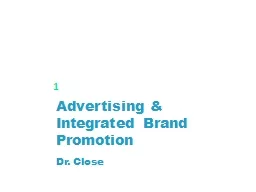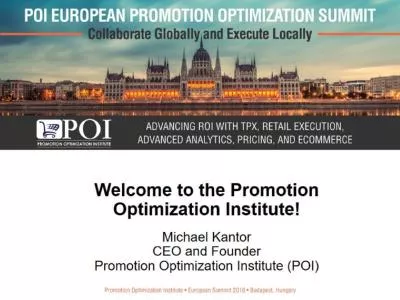PPT-4.01 4.02 Promotion “Spread the Word”
Author : tatiana-dople | Published Date : 2018-12-11
Purpose of Promotion The purpose of promotion is to tell customers about a companys goods services images or ideas and persuade them to buy or to form an opinion
Presentation Embed Code
Download Presentation
Download Presentation The PPT/PDF document "4.01 4.02 Promotion “Spread the Word�..." is the property of its rightful owner. Permission is granted to download and print the materials on this website for personal, non-commercial use only, and to display it on your personal computer provided you do not modify the materials and that you retain all copyright notices contained in the materials. By downloading content from our website, you accept the terms of this agreement.
4.01 4.02 Promotion “Spread the Word”: Transcript
Download Rules Of Document
"4.01 4.02 Promotion “Spread the Word”"The content belongs to its owner. You may download and print it for personal use, without modification, and keep all copyright notices. By downloading, you agree to these terms.
Related Documents














